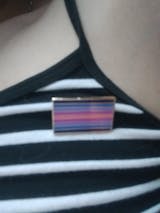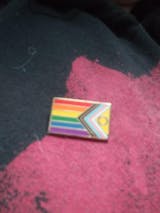The term "drag" has multiple meanings, but in the context you're likely asking about, it refers to a form of entertainment and performance art where people dress in clothing and adopt mannerisms associated with a gender different from their own, often in an exaggerated or theatrical way, for the purpose of entertainment.
Here's a breakdown of key aspects of drag:
Performance: Drag is fundamentally a performance. It's about creating a character and putting on a show for an audience.
Exaggeration: Drag often involves the exaggeration of gendered traits, whether it's hyper-femininity (as seen in drag queens) or hyper-masculinity (as seen in drag kings). This exaggeration is often used for comedic or artistic effect.
Gender Expression: While drag plays with gender, it's important to understand that drag is a performance, not necessarily an indication of someone's gender identity. A person who performs in drag may or may not identify as transgender or non-binary in their daily life.
Entertainment: The primary goal of drag is usually to entertain. This can take many forms, including lip-syncing, dancing, comedy, singing, acting, and social commentary.
Cross-dressing: Drag typically involves cross-dressing, meaning wearing clothing traditionally associated with a different gender. However, the artistry of drag goes far beyond simply putting on different clothes. It involves makeup, wigs, costuming, and embodying a persona.
Key Terms within Drag Culture:
Drag Queen: A person (often male) who performs in exaggeratedly feminine attire and mannerisms.
Drag King: A person (often female) who performs in exaggeratedly masculine attire and mannerisms.
Drag Artist/Performer: A general term for someone who engages in the art of drag, regardless of the specific style.
History and Cultural Significance:
The history of drag dates back centuries, with roots in theater where men played female roles. Modern drag evolved within LGBTQ+ communities, particularly in the late 20th century, as a form of self-expression, resistance, and celebration. Drag balls in Harlem in the early 1900s were significant cultural events.
In contemporary culture, drag has gained mainstream popularity, largely due to shows like "RuPaul's Drag Race." It has become a recognized art form that can be both entertaining and politically charged, challenging gender stereotypes and promoting inclusivity. Drag provides a space for creativity, community, and the exploration of identity.



